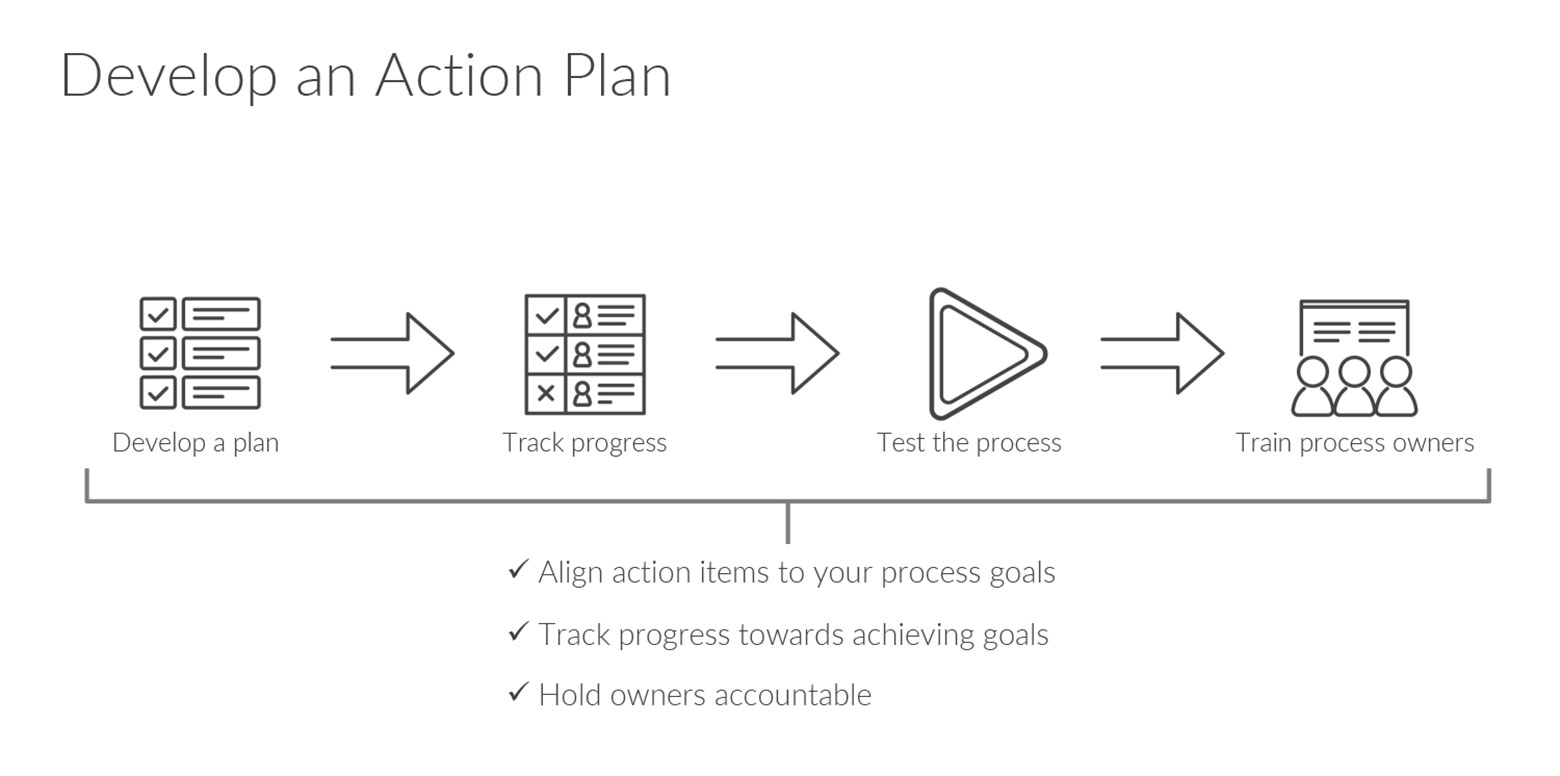How to Successfully Implement Change in Your Financial Close

By the time your team wraps up their quarter-end or year-end financial reporting, you may be ready for any change or new solution that makes the financial close process easier.
Successfully implementing it—and building a business case for it—can take time. The good news is, if you have been following this blog series on the five steps to simplify your financial close, you have already laid the groundwork.
To recap, here are the five steps to streamlining your year-end or month-end close:
- Step 1: Create a process flowchart
- Step 2: Identify risks and opportunities
- Step 3: Find systems and tools for improvement
- Step 4: Implement process change
- Step 5: Continuously improve
In earlier blog posts in this series, I discussed the first three steps. Now, let's see how those steps help you implement changes.
Building the business case
When the status quo is "good enough," it can take a little extra motivation to change your financial close reporting process, especially if it involves a switch in technology. This is where your financial close process flowchart comes in.
With the help of participants and stakeholders in your financial close, you have mapped your process, identified the risks in it as well as opportunities for improvement and used those findings to determine what tools or systems for improvement you want to incorporate.
With those steps completed, you should be able to clearly articulate to the C-suite and senior leaders the potential consequences of risks in your current process and the expected impact of the technology solution you have found. Additionally, you can point out the potential time-savings and opportunity to prepare more insightful analysis.
These three tips can help you get started:
- Use your process flowchart to point out risks. Then, quantify consequences of sticking with the status quo, such as the extra hours spent on the financial close process, the cost of potential errors or the delay in delivering reports and analysis to business leaders.
- Include any data or calculations you have on return on investment (ROI) or the payback period for investing in the new solution. Vendors can typically provide you with case studies describing the ROI customers in your industry have experienced by using their solutions. Some vendors can even help you identify these benefits in your organisation.
- Compile reports by third-party analysts on the tool or solution you would like to implement to support your decision.
Make it easy for decision-makers to say yes.
Hints to excite people about change
- Involve process owners early, so they are invested in the improvements.
- Be transparent, open and communicative about the journey.
- Keep senior leaders close at every step, so they can see breakdowns in the current process, are aware of efforts to improve and can lead the cultural shift in your organisation as you transform financial reporting. Having a senior leader's support is critical.
- Prepare a clean summary of the before and proposed after scenario showing the mitigation of risks and benefits to the business for making improvements.
Steps to developing an action plan
As the procurement team signs off to bring your new technology on board, finalise an action plan around the desired results.

- Collect baseline metrics on your current process, so you can track progress going forward.
- Identify who will own pieces of the new process, and involve their teams in testing the new technology and financial close process before full implementation. Incorporate feedback to fine-tune the process to better meet their needs.
- Document and train process owners on the changes, so they are successful.
As your team continues its modernisation journey, identify incremental changes your team can make each quarter to continue improving the financial close process.
Keep watching this blog for the last part of our five-part series on simplifying the financial close: continuously improve.
Financial Reporting Process Improvement
Learn the common financial reporting challenges and methods for change.


